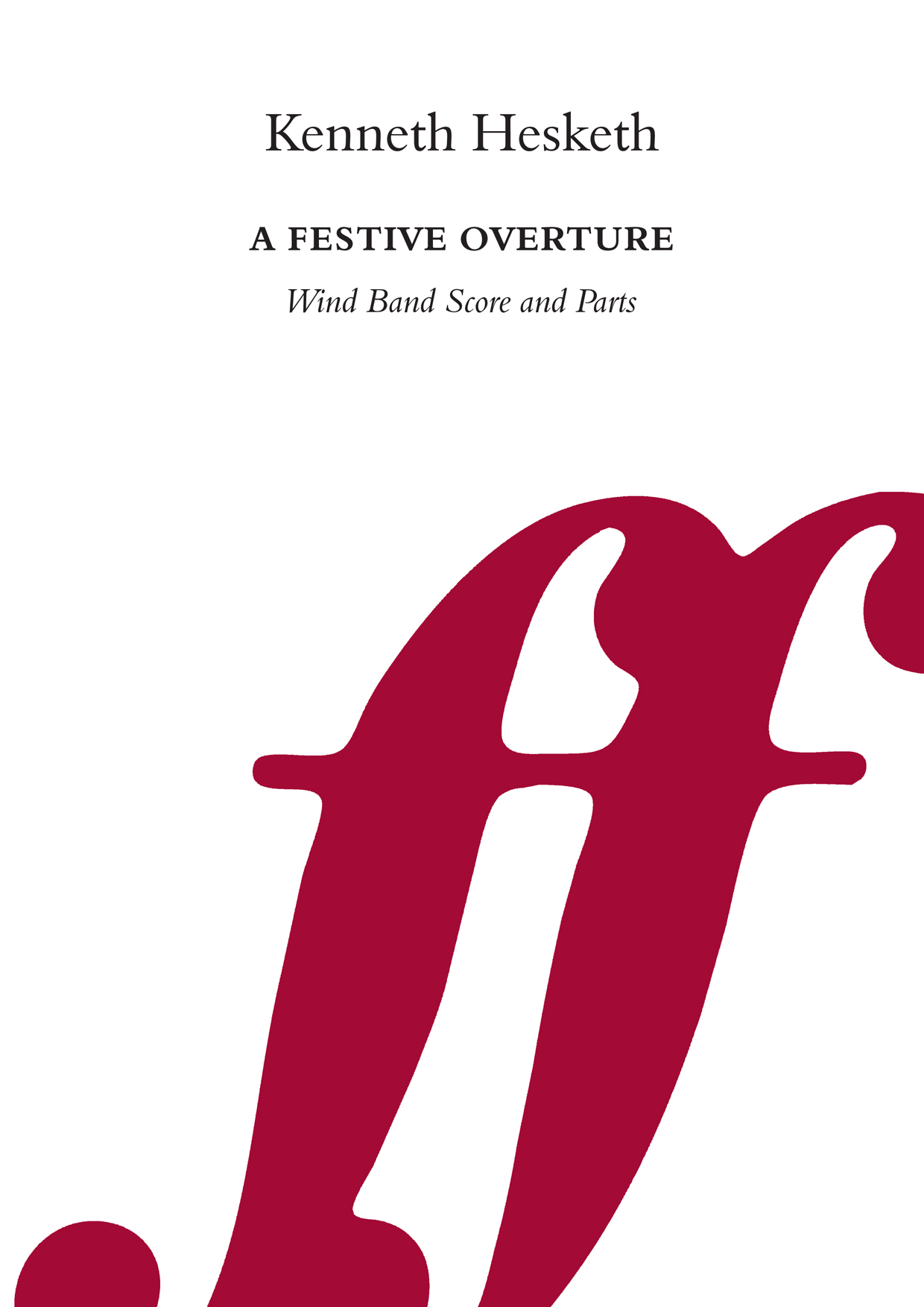Results
-
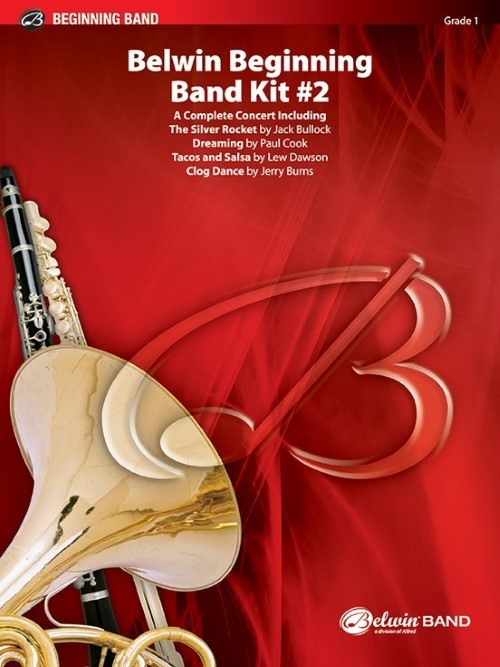 £62.95
£62.95Belwin Beginning Band Kit No.2 (Concert Band - Score and Parts)
This kit for beginning concert band contains four grade one selections on a two page part which can be used as a program for a complete concert or as supplemental material for the first year band. Each of the selections, "The Silver Rocket," "Dreaming," "Tacos and Salsa" and "Clog Dance," is written in a different musical style and this will give variety to the concert and broaden the learning experience of the student. Outstanding music for those on a budget! Duration: 5.00
Estimated dispatch 7-14 working days
-
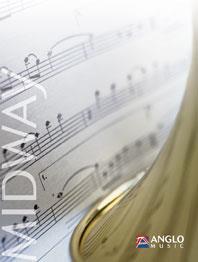 £194.99
£194.99Euphonium Concerto No.2 (Euphonium Solo with Concert Band - Score and Parts) - Sparke, Philip
The original concept for this work was a suite of short movements, each with its own character, but by the time the first movement was complete it was clear that a conventional three-movement format was going to work out better. The opening movement contains much syncopation and is almost rag-like in style. The slower second movement explores the unsurpassable ability of the euphonium to play lyrically, with a theme that is later taken up by the band whilst the soloist weaves a filigree descant. This leads straight into the third movement, which is almost bebop in style and shows off the jazzier capabilities of the euphonium. The concerto was composed for the virtuoso soloist, Steven Mead. A version for euphonium and piano is also available.Duration: 16:30
Estimated dispatch 7-14 working days
-
 £75.24
£75.24A River's Fury!
North Carolina is a beautiful state, and there is no better place to enjoy whitewater rafting, than a trip on the Nantahala River. Noted composer, James Swearingen, takes you on a riveting journey that can only be described as both intense and exhilarating. Dramatic percussion writing coupled with exciting wind parts is an integral part of why this piece will challenge your students to make the music come alive and seem like a real life experience. Be prepared for the audience to be immediately on their feet following the breathtaking finish. Truly exciting!
Estimated dispatch 7-14 working days
-
£109.99
A Tribute to Bach Wind Band Set (Score & Parts)
Johann Sebastian Bach could not have wished for a better accolade. A Tribute to Bach is a daring arrangement of Bach's Partita no.2 for pianoforte and a homage to the grandmaster of Baroque in a modern orchestration. Arranger Axel Norman has achieved this by adding percussion tastefully to the original. The woodwind section of the band, however, plays the leading parts. 06:30
Estimated dispatch 7-14 working days
-
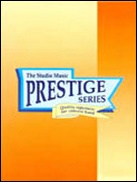 £32.95
£32.95EUPHONIUM CONCERTO No.1 (Sparke) (Prestige Concert Band Extra Score) - Sparke, Philip
Extra Score. This work is in three movements which follow each other without a break. The first has driving rhythms with a central cantabile tune; the second is based around a soulful melody and includes the work's two cadenzas; the third is a sort of caccia with the soloist chasing his way to a florid finish.
Estimated dispatch 7-14 working days
-
 £164.95
£164.95EUPHONIUM CONCERTO No.1 (Sparke) (Prestige Concert Band Set) - Sparke, Philip
Score and Parts. This work is in three movements which follow each other without a break. The first has driving rhythms with a central cantabile tune; the second is based around a soulful melody and includes the work's two cadenzas; the third is a sort of caccia with the soloist chasing his way to a florid finish.
Estimated dispatch 7-14 working days
-
 £24.95
£24.95IT'S A LONG WAY TO TIPPERARY (Military Band: Unusual Instrumentation) - Douglas, Shipley
Marchcard size. Instrumentation: Flute/Piccolo in E flat only, Horns in E flat only, No Tenor Sax) "It's a Long Way to Tipperary" is a British music hall song written by Jack Judge and co-credited to, but not co-written by, Henry James "Harry" Williams. It was allegedly written for a 5 shilling bet in Stalybridge on 30 January 1912 and performed the next night at the local music hall. Judge's parents were Irish, and his grandparents came from Tipperary. It became popular among soldiers in the First World War and is remembered as a song of that war.
Estimated dispatch 7-14 working days
-
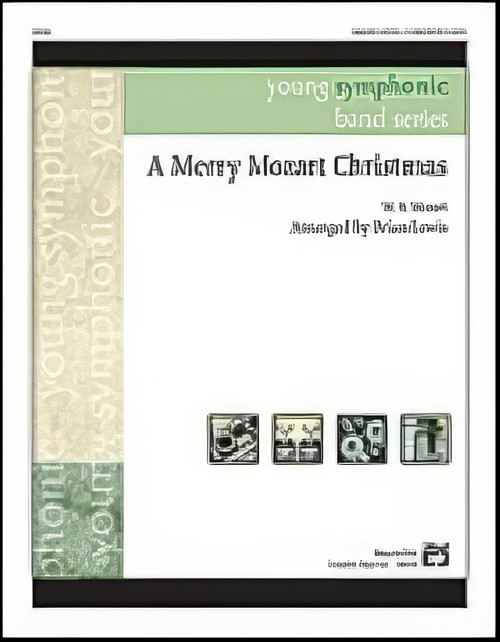 £43.95
£43.95MERRY MOZART CHRISTMAS, A (Concert Band) - Lewis, Brian
Take some of Mozart's most beloved themes, sprinkle in a dash of holiday tunes and what do you get? A Merry Mozart Christmas, of course! This clever arrangement combines themes from A Little Night Music, The Marriage of Figaro, Turkish Rondo and Symphony No. 40 with traditional Christmas tunes you'd never expect. A true audience pleaser that your students will love to play!
Estimated dispatch 7-14 working days
-
£75.00
A Festive Overture - Kenneth Hesketh
A Festive Overture is bravura in nature, with important solos for upper winds and trumpets. The outer sections are busy and colourful and frame a more expansive, but no less urgent, middle section which develops a large arching oboe and clarinet theme. The work ends as it began, with excitement and exuberance.
In stock: Estimated delivery 1-3 days
-
 £60.99
£60.99Solveig's Song (from Peer Gynt Suite No. 2) - Edvard Grieg
Composed by Edvard Grieg in 1875, music from Peer Gynt was originally incidental music for Henrik Ibsen's five-act play. The beautiful Solveig's Song is from the second orchestral suite later extracted by Grieg. Johnnie's tender setting opens with a lyric theme scored for the trumpet section. A brief andante section features the woodwinds before returning to the opening melody this time richly scored for full band. A beautiful work for teaching lyric style playing.
Estimated dispatch 7-14 working days

